Why Shipping Speed Matters for E-commerce Businesses

Consumers are turning to eCommerce in greater numbers, causing retailers to compete for their attention, which explains why shipping speed matters so much to consumers. It is the shipping of orders that, by far, creates the greatest amount of expense for businesses; however, home delivery service is a necessary evil. To retail products and services, retailers must deliver them efficiently.
With the advent of eCommerce, shipping speed has become a major concern. Shoppers expect their orders to arrive quickly - and top marketplaces make this easy. Shipping within two days seems to be the norm for today's online purchases.
In terms of customer acquisition, shipping speed is important, but the stats are especially impactful when it comes to brand loyalty. Many online shoppers credit shipping speed as one of the factors that led them to shop with e-commerce brands again.
What Are Shipping Speeds
Across all industries, this is the time it takes for a package to travel from the warehouse or point of origin to its final destination. It is often the distance, such as within the U.S. or abroad, that determines eCommerce shipping speed.
In the shipping industry, shipping speeds are expressed in timelines, for example, one day, two days, and so on.
Shipping vs. Processing Time
In shipping speeds, you can see how long it takes the carrier to deliver the order to its destination. When you receive an order, your business's processing time is the time it takes to prepare it. Once your shipping carrier receives the order, it is no longer processed.
Even though customers may already know this, it's better to be specific about the difference between processing and shipping times than to assume they know. If processing your products takes longer than a couple of business days, this is particularly important.
Their shipping policy provides detailed information on processing times for most handmade products. Various processing times are listed for each product. They also explain that processing times change if there's a sale and during the holidays.
Importance of Fast Shippings
Today, the customer expects fast delivery and is even willing to pay extra for it. Usually, US e-commerce brands ship orders in two to three business days, and they work hard to maintain that delivery time.
E-commerce conversion rates are increased by fast shipping. Sixty-nine percent of consumers say they make more online purchases because of fast delivery. In the consumer's mind, faster shipping speed creates an impression that the brand is punctual and more professional.
| Get Started Now to Grow Your Online Business with the Best AliExpress Dropshipping Tool - DSers! |
A delay of more than one day can cause an order to be canceled. When items are not delivered on time, most customers search for another option. Most websites offer a wide selection of items.
Below are some reasons why fast shipping is so important.
The Most Important Feature
There are more and more items and merchants in e-commerce every day. As a result, merchants allow customers to filter many features to maintain and enhance customer relationships. Among the available options, fast delivery stands out. Customer priority number one is delivery speed.
Increased Customer Confidence
Customer confidence is affected by the shipping speed of the purchased item. Customers can usually track their shipments online. Consequently, fast shipping reduces customer fear. Your customer relationship will improve as a result.
Higher Listings’ Visibility
Every day, more and more items and merchants flood the eCommerce marketplace. Consumers can already filter items through a variety of features at retailers to enhance their convenience. The most popular feature is usually fast delivery. Customers can prioritize their delivery speed with the filtering options of major retailers like eBay.
Reduces Consumer Fear
Assured delivery dates are always associated with fast shipping policies. In some cities, Amazon Prime buyers can accept a delivery within 24 hours. As part of the eBay Guaranteed Delivery program, consumers can track their order's delivery time between one and four days after placing it.
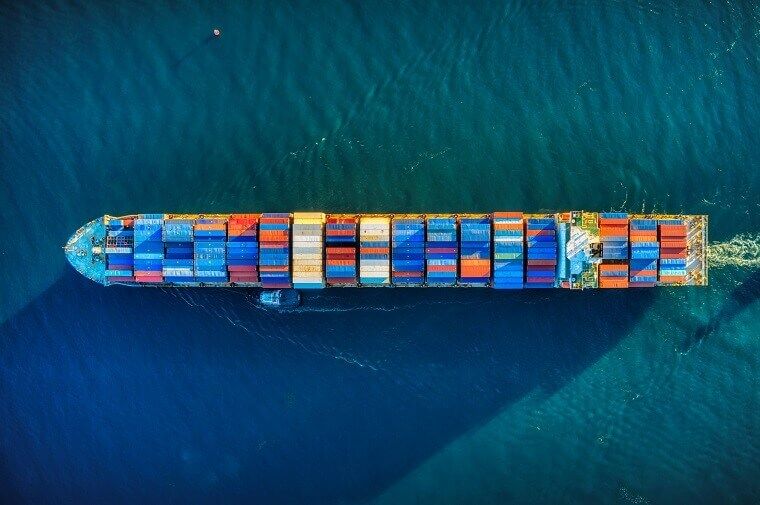
As a result of such programs, customers gain confidence in retailers and can buy any item because they can be assured of fast and reliable delivery.
Enhances the Chances of Good Reviews
Fast delivery of goods or services, reliable shipping, and smooth transactions are some examples of customer service. According to eBay's customer reviews, many customers praise the retailer's smooth transactions and shipping policy.
Fast shipping is another important conversion factor due to the direct correlation between reviews and conversion rates.
Attracts Customers Who Are Willing to Pay More
There is no doubt that fast delivery is important to customers. Most consumers are willing to pay extra for same-day delivery. Retailers that offer same-day delivery have a competitive advantage of 85% over their competitors, and the speed of delivery even influences customer loyalty.
Consumers are willing to pay more for speedy service, so they will part with extra cash. As a result, eCommerce businesses can compete in saturated markets thanks to fast delivery.
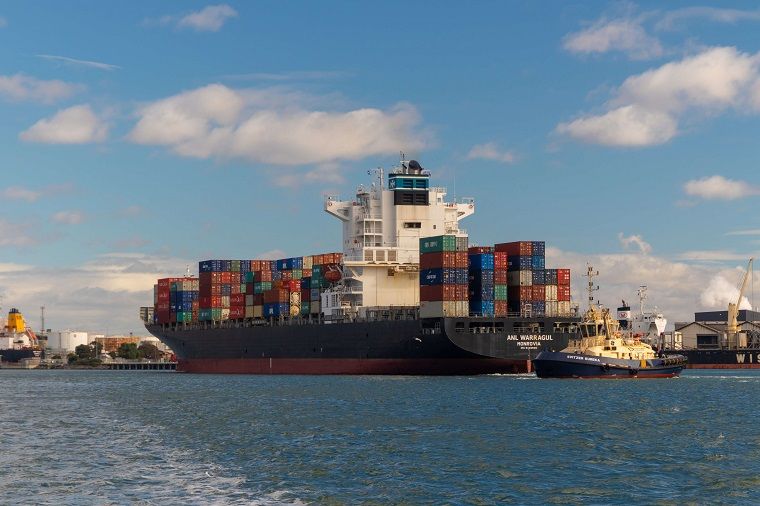
Fast shipping encourages repeat purchases, keeps customers happy, and boosts a business' profile. Additionally, fast delivery increases conversion rates by increasing consumer satisfaction.
Companies selling to consumers must offer their customers the option of expedited shipping to meet their expectations. As a result, not only will profit margins increase but customers will be kept and revenues will increase.
Reduce Customer Cart Abandonment
It is possible to abandon a shopping cart for a variety of reasons, including unexpected shipping charges or site errors. However, checkouts that offer shipping rates and delivery time estimates convert better than checkouts that do not. By doing so, you can at least alleviate any ambiguity about its delivery.
Your checkout will be less likely to be abandoned if you add shipping speeds, as it establishes trust and adds a sense of certainty.
In providing this information to your customers in advance, you set expectations and give them a clear understanding of when they can expect their shipment, which makes them less likely to back out of the order if they disagree with the shipping terms.
This is the first way to encourage customers to return, as well as how to increase sales and revenue. You risk driving away customers to your competitors when you don't include them at checkout.
Better Customer Experience
Today's customers expect up-to-date information at their fingertips, and that includes knowing all of the details of their online purchases. How do customers know when their packages will arrive? There is also fear of missing a delivery, of packages being stolen, especially if it is a high-value item, of packages being lost in transit, or fear of someone else picking up a surprise package--think birthday presents!
You can provide information and clarity to your customers by giving them shipping speed options during checkout along with tracking capabilities and integration with Shop or another package service.
Customer service inquiries about their orders and delivery status will be less frequent. A better customer experience means fewer delivery questions, which also means a smaller impact on your customer support team. If your customers have a better experience, they're more likely to return to your store for repeat purchases.
The Role of Shipping Speeds in Your Shipping Strategy
If a customer decides to purchase your products, the first question they will ask is: how much will it cost to deliver, and when will it arrive?
Shipping is a lever that can affect your business as a whole, whether you're developing a new strategy or revising an existing one. As important as what shipping methods you offer and how much you charge, the speed of shipping should be a key consideration for your shipping strategy.
The cost of shipping might be passed on to your customers, or you can offer free shipping. Your customers will have clarity about what they're paying, even if shipping is free, and how long it will take them to receive their packages.
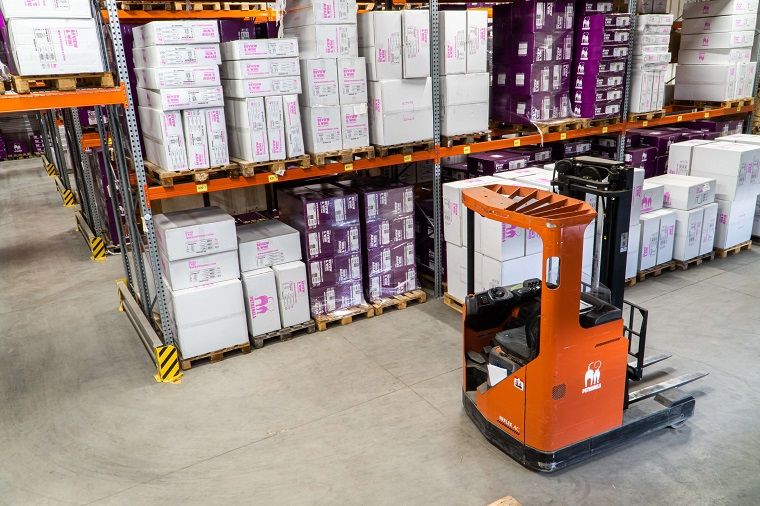
If you offer alternative shipping methods like curbside pickup or local delivery, you'll want to do the same. If you don't, you may see fewer sales.
In addition to the checkout, you can communicate your shipping costs and speeds anywhere you communicate shipping policy so that your customers feel comfortable about making a purchase.
Additionally, customers expect to receive a message after completing their purchase confirming when they will receive their online purchases. As a rule, this is handled by sending a post-purchase email summarizing the purchase, the cost of the product, any shipping costs, and estimated delivery dates.
Maintaining a Faster Shipping Speed
- Cross-check the shipment details in the documentation
- Make sure the shipment is allowed to cross international borders
- Prepare for bad weather and any other unexpected difficulties
- Choose a reputable transportation provider
- Allow the customer to track their shipment
Top 4 Ecommerce Shipping Options
1. Free Shipping
There's no doubt that free shipping seems like the simplest idea, and it has become incredibly popular since Amazon started providing free shipping for orders over $25.
Free shipping benefits include:
- Customers can easily understand it
- Customer expectations are met
- When a customer makes it to your checkout funnel, it positively affects conversion rates
- Your customers may receive free shipping - but not you
There's still a fee to pay the carrier, and you'll need to make sure you make enough from each order to cover the associated shipping costs.
You need to understand the impact of free shipping on your bottom line before offering it. If you lose money on every sale, you're not increasing your bottom line even if you're making more sales.
Free shipping is most effective when you offer it only on orders where you know you will make enough profit to cover shipping costs. For instance, you might exclude products that are too heavy or bulky to qualify for free shipping or set a free shipping threshold that makes sense for your business.
2. Flat Rate/Table Rate Shipping
A flat-rate or table-rate shipping method is a very effective way to avoid some of the challenges of free shipping.
An example of flat rate shipping would be $10 no matter how much the order is. Table-rate shipping is a bit more complicated, but it doesn't have to be any more complicated.
The United Kingdom is one region where table-rate shipping is preferred over being charged a live rate. Merchants with fulfillment centers in London might charge customers close to the city a certain amount, say $5 per order, with rates going up to $10, $15, etc. as you get further away.
Additionally, you may charge based on the subtotal of the order ($10 for orders up to $50, $5 for orders up to $100, and free for orders over $100). In addition, you might set rates based on the weight of the order or charge different rates for different product groups.
3. Live Rates from a Carrier
You may want to get live rates in real-time from a carrier like UPS, FedEx, or DHL if you want the best possible rate while covering your costs.
You can guarantee you're giving your customer the best possible shipping option by charging them exactly what you expect to be charged by the carrier, even though this approach is more difficult to use as a promotion (the rates may vary significantly depending on what they order and how far away their warehouse is from your warehouse).
It may be important to offer live rates, especially if your competitors do so. You don't have to plug into UPS and show what UPS returns for each order.
If you want the shipping charge to cover things like packaging and fulfillment costs, you can add a surcharge to the charge. Alternatively, you can discount the rate returned to be that much more competitive than the others in your market.
4. Mixed & Alternative Strategies
While these three approaches are widely used and popular, thinking outside the box and mixing and matching them can be extremely successful. Your revenue needs can thus be balanced with your promotional opportunities.
Offering free standard shipping (without any delivery commitments or a range of delivery commitments like 5-10 business days) alongside other expedited shipping options (such as 3-5 day delivery at a table rate based on order value) and live shipping rates for Second Day and Overnight delivery would be a great example.
What to Do During Shipping Delays
Shipments can be delayed. Peak periods, inclement weather, and increased eCommerce volume can all cause shipping carriers to have overflowing loads, causing packages to be delivered later than expected. What can be done? Communication is key. Your customers will feel more comfortable about purchasing from you if you talk about what's happening.
| Get Started Now to Grow Your Online Business with the Best AliExpress Dropshipping Tool - DSers! |
Customer service needs to let them know what's happening and if delays will affect them. Once you start communicating shipping speeds to your customers, you should continue sharing information about their purchases, including any delays.
By failing to do so, you are risking the brand trust and loyalty you built with your customers before they purchased your product. Additionally, you can do the following:
- Be proactive in communication: If you know when the delay will end, be specific about which regions are affected. Add a notification to checkout pages that alerts shoppers to potential delays before they make a purchase.
- Utilize your communication channels: Most customers have their eyes in multiple places throughout the day, so a message posted on the website will go unnoticed by those who don't visit often. Cover all your bases by sharing delayed information on your site, email list, and social channels.
- Consult other retailers: Keep an eye on what other businesses like yours are doing to cope with delays outside of your control if you're experiencing them.
Conclusion
Today's marketplaces require fast shipping, and two-day shipping has become the standard. In addition to fast shipping, eCommerce customers expect clear communication about any delivery updates.
Because of their large footprint and the manpower required to handle it, most brands outsource fulfillment so they can provide two-day shipping nationally.





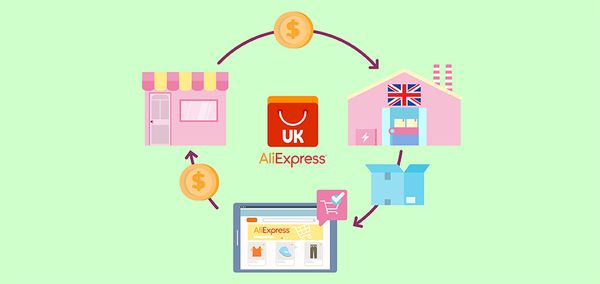

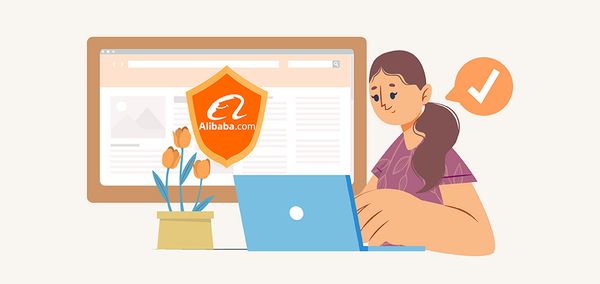





 Company
Company
 Why Choose DSers
Why Choose DSers
 Blog
Blog
 Help Center
Help Center




 Live Chat
Live Chat